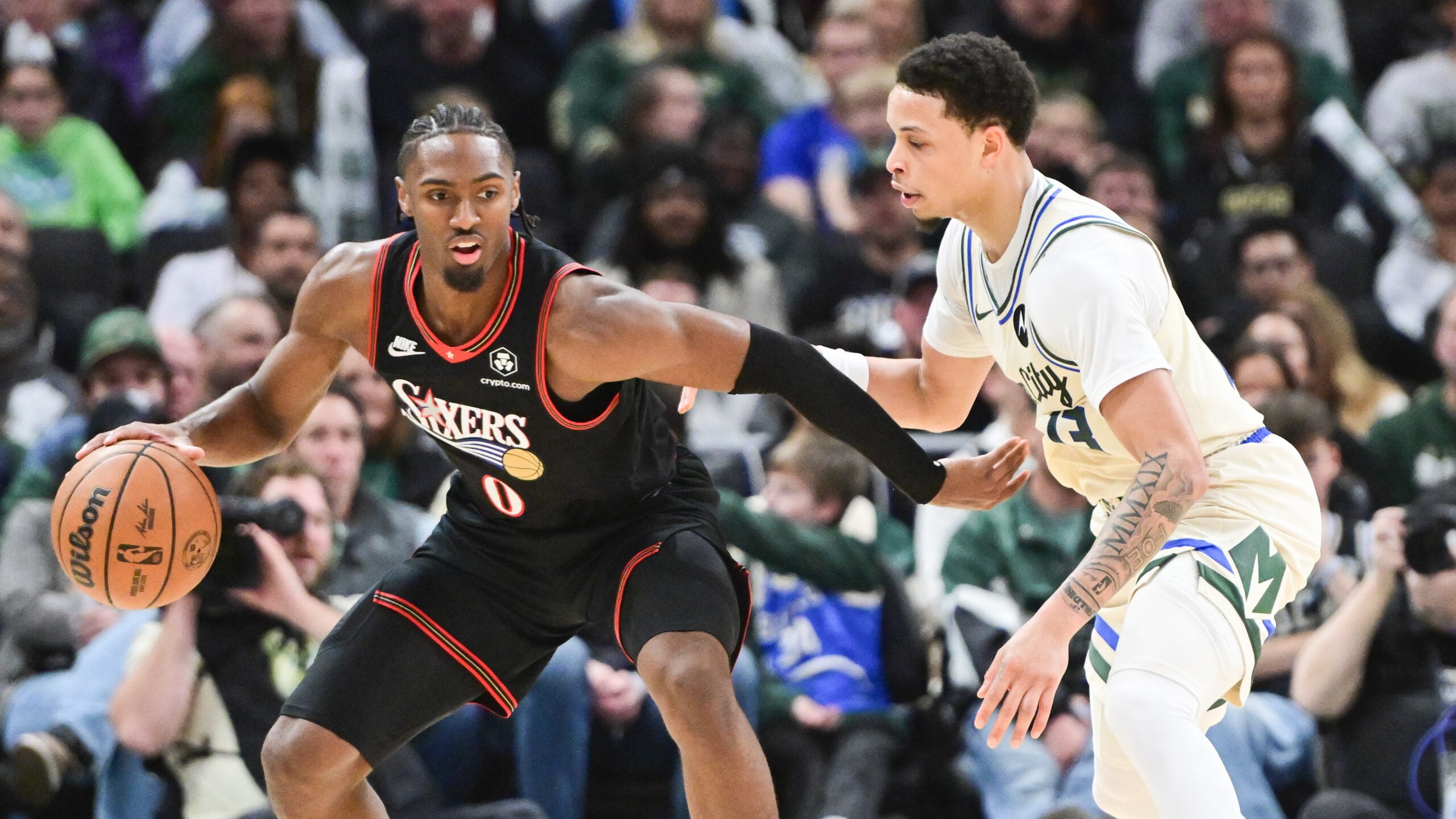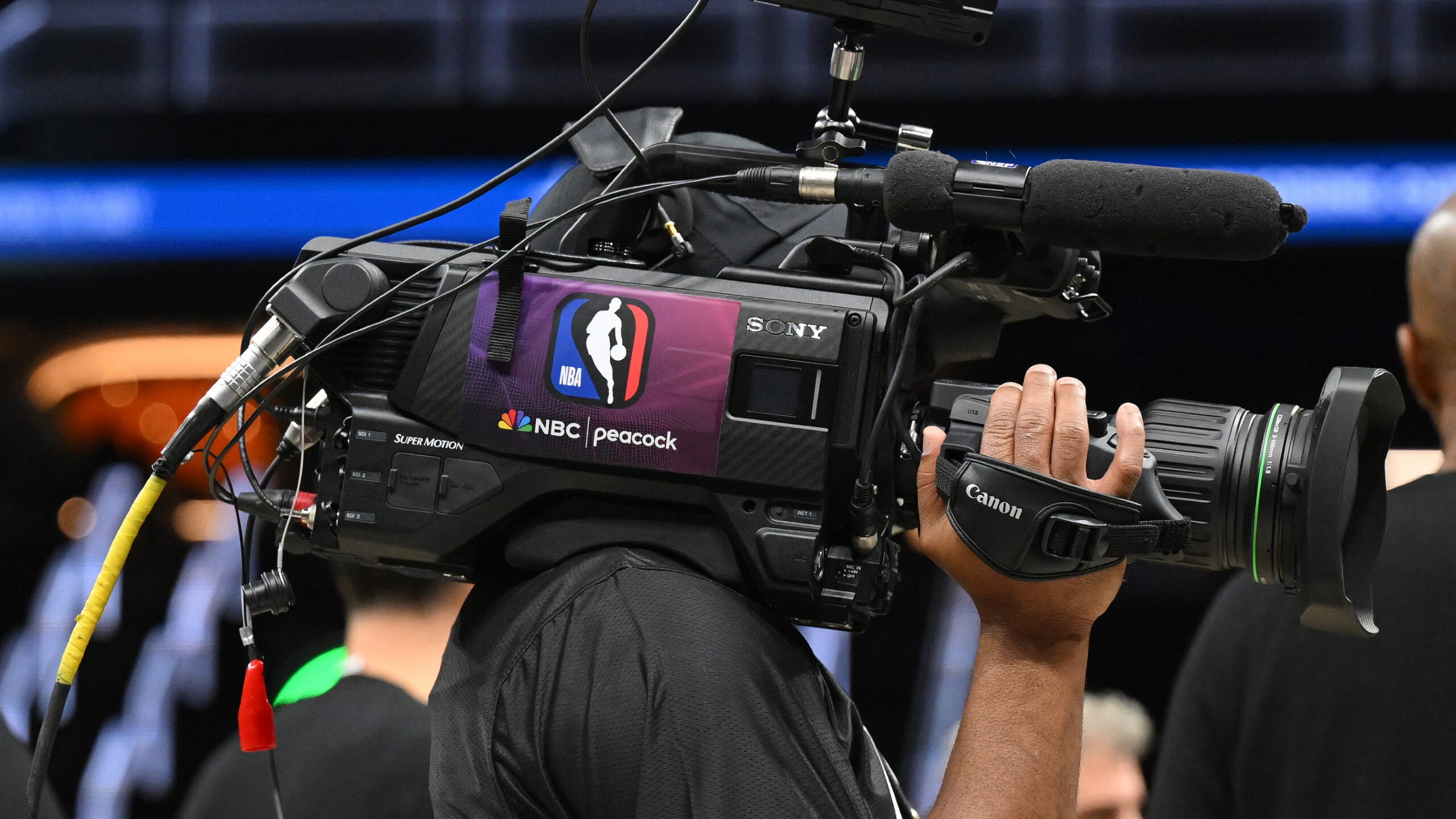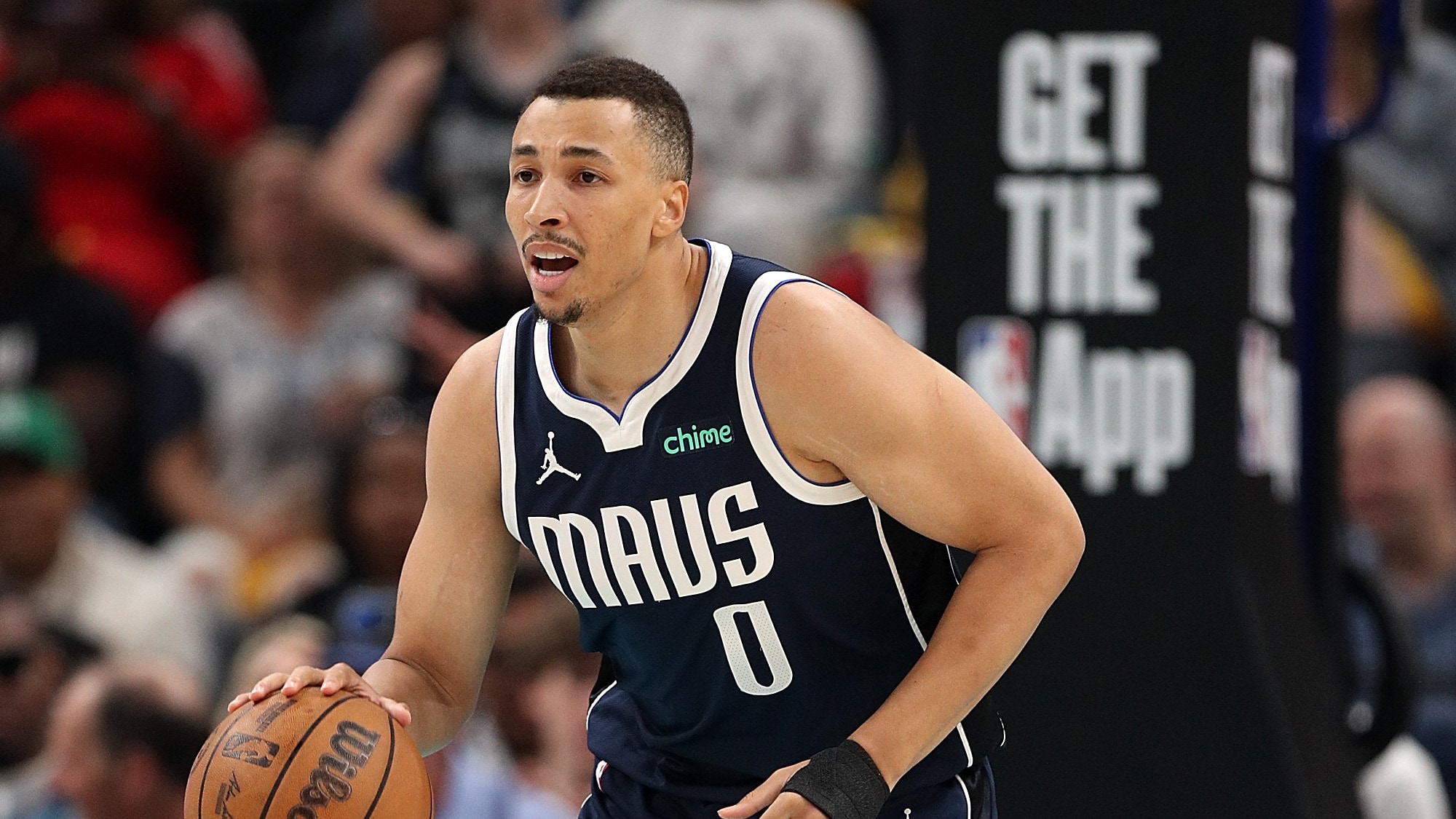The Pacers are at their best scoring off made baskets, which is a strategy they could employ in the NBA Finals.
The Indiana Pacers’ offense took a step backward in the regular season. Only the New Orleans Pelicans and Philadelphia 76ers saw bigger drops in points scored per 100 possessions from 2023-24 to 2024-25.
But the Pacers’ offense has come alive in the playoffs, scoring 5.0 more points per 100 possessions than their opponents allowed in the regular season and putting them in the NBA Finals for the first time in 25 years.
Their effective field goal percentage of 57.6% is the second-best mark for a Finals team through the conference finals in playoff history. In these playoffs, the Pacers rank fourth in field goal percentage in the paint (58.7%), first in mid-range field goal percentage (48.7%) and first in 3-point percentage (40.1%).
The Oklahoma City Thunder defense has been better than the Pacers’ offense, holding opponents to an amazing 12.8 fewer points per 100 possessions than they scored in the regular season. The Thunder rank second in these playoffs in opponent effective field goal percentage (49.9%) and first (by a huge margin) in opponent turnover rate (17.7 per 100 possessions).
The Pacers’ offense against the Thunder defense is certainly the featured battle in this Finals matchup. Here are some notes, numbers and film on the Indiana offense and how Oklahoma City will try to stop it.
1. The Pacers want to run
The Pacers’ offense starts in transition. They will run off of turnovers, rebounds and even made buckets on the other end of the floor. They rank third in the playoffs in the percentage of their possessions (18.1%) that have been in transition and first in points per possession (1.32) in transition, according to Synergy tracking.
The transition game goes beyond two players, but Tyrese Haliburton and Pascal Siakam are a perfect tandem when it comes to scoring early in the shot clock.
- Haliburton has led the league in pass-ahead passes per game, both in the regular season (9.2) and in the playoffs (8.9), according to Second Spectrum tracking.
- Siakam has scored an amazing 1.50 points per possession (102/68) in transition, the best mark among 37 players with at least 25 transition possessions in the playoffs.
Siakam consistently beat the Knicks down the floor in the Eastern Conference Finals, and Haliburton was often the guy hitting him on the run:

The Thunder will be more difficult to run on. Only 13.6% of their opponents’ possessions, the lowest rate in the playoffs, have been in transition.
It helps that the Thunder have multiple defenders who can guard multiple opponents, so they don’t have to worry much about matchups. They can also swarm to the ball and recover when it moves:
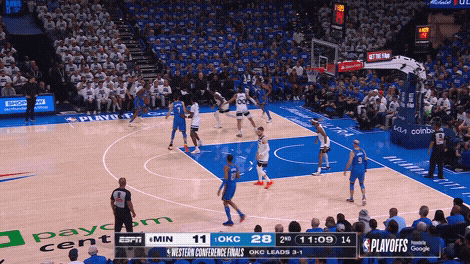
The Thunder held the Pacers to 34 total transition points over their two regular-season meetings, according to Synergy. That (17 per game) was well below Indiana’s regular-season average of 26.2.
2. How OKC will counter Indiana
The Thunder didn’t just lead the league in opponent turnover rate in the regular season. They also ranked fifth in the percentage of their opponents’ turnovers (60.7%) that were live balls (recorded as steals). Their 10.2 steals per 100 possessions were the most for any team in the last 12 years.
They’ve averaged even more (10.6 per 100) in the playoffs, including 11.1 steals per 100 possessions in the Western Conference Finals. All 12 Thunder players who’ve played at least 50 playoff minutes have averaged at least one steal per 36 minutes. (For context, only six of the 12 Pacers have averaged one per 36.)
The Thunder’s ability to turn teams over starts with ball pressure. But it’s not just pressure from one side, and if opponents put the ball on the floor, they will attract more defenders with long arms and strong hands.
Those defenders will even pinch off of the opponent’s best player to poach the ball from a ball-handler:
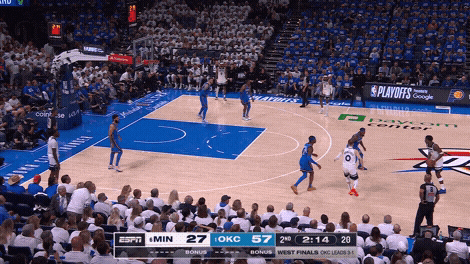
The Pacers take care of the ball incredibly well for how much it moves in their offense (see below). And in regard to how the Thunder like to force turnovers, it helps that Indiana averages just 2.27 dribbles per touch, the second-lowest rate in the playoffs.
Though they lost both head-to-head meetings, the Pacers had the second-lowest turnover rate (11.7 per 100 possessions) against the Thunder in the regular season.
Indiana’s turnover rate will certainly be one of the most important numbers of the Finals.
3. The Pacers will move the ball … and bodies
The “pace” of the Pacers’ offense doesn’t stop if the opponent keeps them from scoring in transition. The ball and bodies continue to move, making them (though other teams have more offensive talent) the toughest team in the league to defend.
The Pacers will target weak defenders (they put Jalen Brunson and Karl-Anthony Towns into a combined 47 ball-screens per game), but more to ignite their ball and player movement and less to play 1-on-1.
The Pacers have been at or near the top of the league in both ball and player movement, both in the regular season and in the playoffs:
Pacers’ ball and player movement, 2024-25
| Season | Passes/24 | Rank | Miles/24 | Rank |
|---|---|---|---|---|
| Regular season | 398 | 1 | 12.0 | 4 |
| Playoffs | 364 | 2 | 11.7 | 1 |
Passes/24 = Passes per 24 minutes of possession
Miles/24 = Collective miles traveled per 24 minutes of possession
There wasn’t any correlation between how much teams moved the ball (overall) and how efficiently they scored against the Thunder’s top-ranked defense in the regular season. But the Pacers’ willingness to share should be an asset against an aggressive defense.
If you can avoid the poachers, open shots can be found on the weak side of the floor. The Thunder have the third-highest opponent 3-point rate (44%) in the playoffs, and 32% of their opponents 3-point attempts (the second-highest opponent rate) have come from the corners:
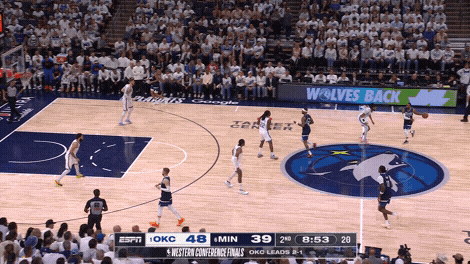
The Pacers have shot 46.9% on corner 3-pointers, easily the best mark in these playoffs, with Aaron Nesmith leading all players with 17 corner 3s (on 35 attempts).
If they can get the ball past the Thunder swarm, the Pacers can get some good looks from the corners:
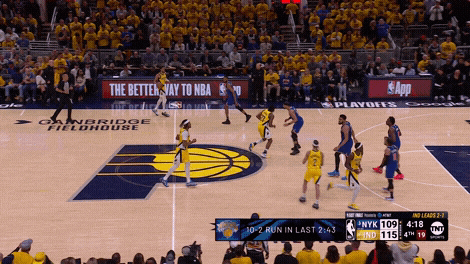
The Pacers rank just 11th in 3-point rate (39.1% of their shots) in the playoffs, but may need to see an increase to have a shot of beating the Thunder four times. They also may want to increase their offensive rebounding percentage (23.8%, 16th), because the best 3s often come on second chances, and Oklahoma City ranks just 12th in defensive rebounding percentage (67.3%)
No matter what happens on the glass, this series will clearly be the biggest challenge for both the Pacers’ offense and the Thunder defense.
* * *
John Schuhmann is a senior stats analyst for NBA.com. You can e-mail him here, find his archive here and follow him on X.
The views on this page do not necessarily reflect the views of the NBA, its clubs or Warner Bros. Discovery.







